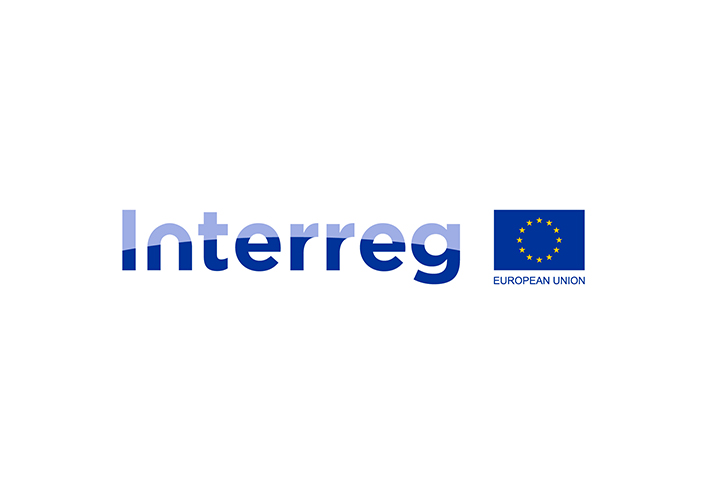Source: European Commission
Interreg is the Union’s instrument to support cooperation across regions and countries: a new generation of Interreg programmes in and outside the EU will further develop joint services and strengthen solidarity. Interreg provides funding for projects between Member States, their outermost regions, the EU acceding countries and the neighbourhood countries.
For 2021-2027, Interreg has a total budget of almost €10.1 billion covering 86 programmes and four strands: cross-border (Interreg A), transnational (Interreg B), interregional (Interreg C) and integration of Outermost Regions (Interreg D). The new Interreg NEXT cooperation programmes for 2021-2027 focus on cooperation between the EU and partner countries along the EU’s external borders. Cooperation takes place in the areas of economic and social development, environmental protection, public health services, safety and security measures, connectivity, support to small and medium-sized businesses and entrepreneurship. Interreg NEXT has a total allocation of €1.1 billion from the European Regional Development Fund, the Neighbourhood, Development and International Cooperation Instrument and the Instrument for Pre-Accession.
Therefore, in 2021-2027, Interreg will continue to support cross-border mobility, and efforts to develop environmental protection, emergency services, skilled jobs and access to public services for the next EU generation.
In addition, two new objectives will steer territorial cooperation:
- Better cooperation governance
- A safer, more secure Europe.
Interreg has an impact on citizens’ lives at different levels. It encompasses cross-border cooperation along all EU land and maritime borders; transnational cooperation, including macro-regional strategies and sea basins; and interregional cooperation, which builds networks and lets leading regions share their successes and experience with other territories.
In addition, Interreg projects beyond EU borders cover several areas in the world:
- Interreg NEXT, which involves Eastern and Southern Neighbourhood partner countries (inclusing NEXT MED programme);
- Interreg Outermost Regions, which deepens relations between the EU’s remote regions and their neighbourhoods;
- Interreg IPA, which fosters cooperation of Member States with Western Balkan countries and Turkey and helps acceding countries to alleviate border obstacles and manage prorgammes in the same way as Member States are doing. Cooperation of this kind bolsters the countries’ capacities to improve people’s lives and builds trust with neighbouring territories.
Changes include:
- Shorter, fewer and clearer rules
- Less red tape for business;
- Streamlined implementation.
With grassroots cooperation driving a green and digital coronavirus recovery, Interreg paves the way for long-term, resource-efficient growth and competitiveness that leaves no-one behind.
